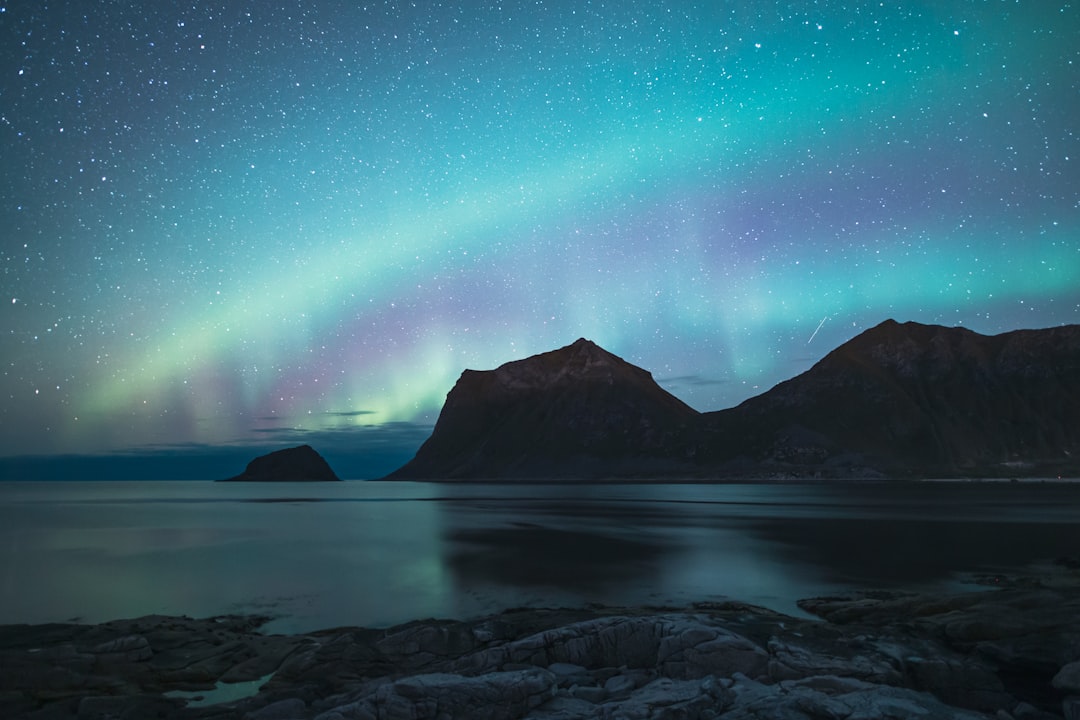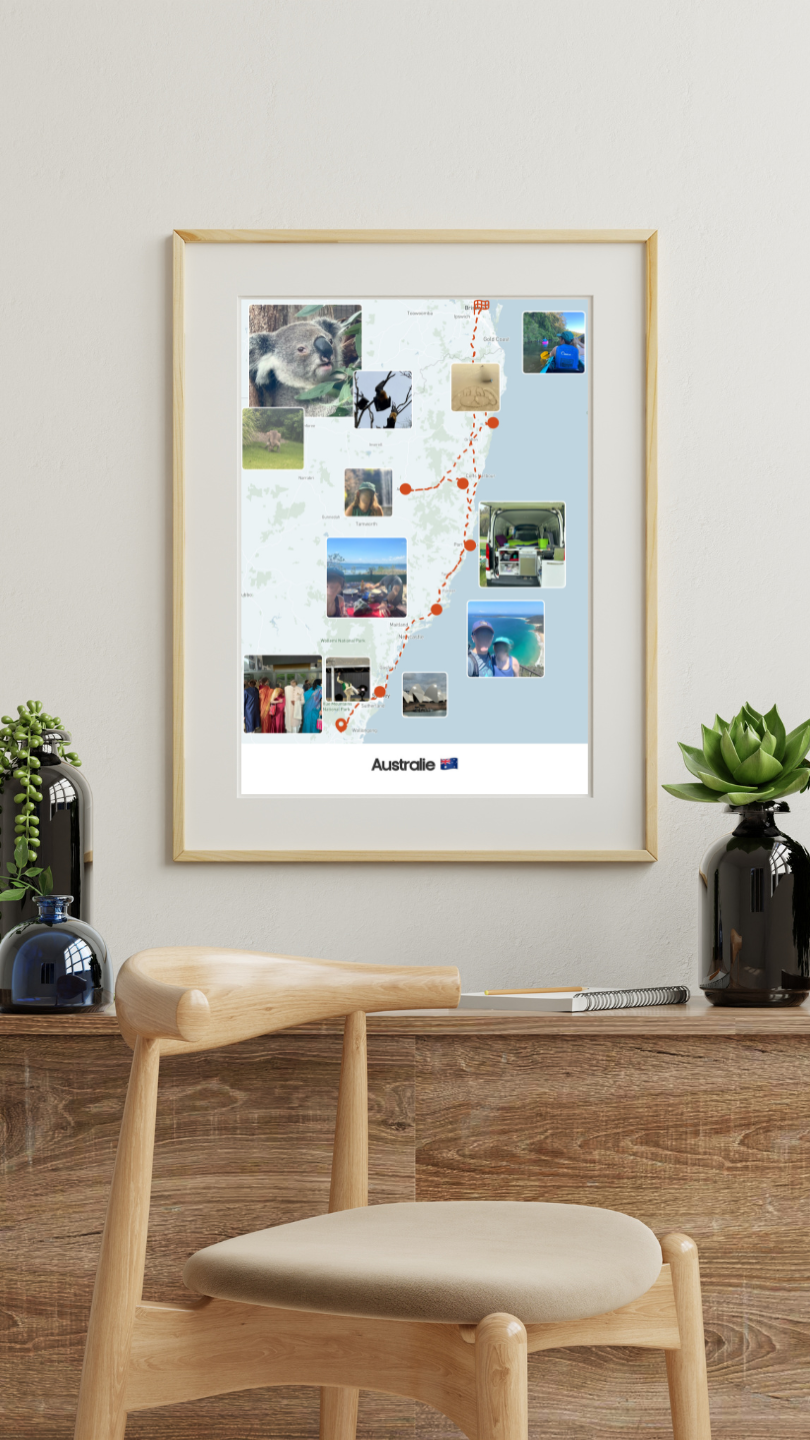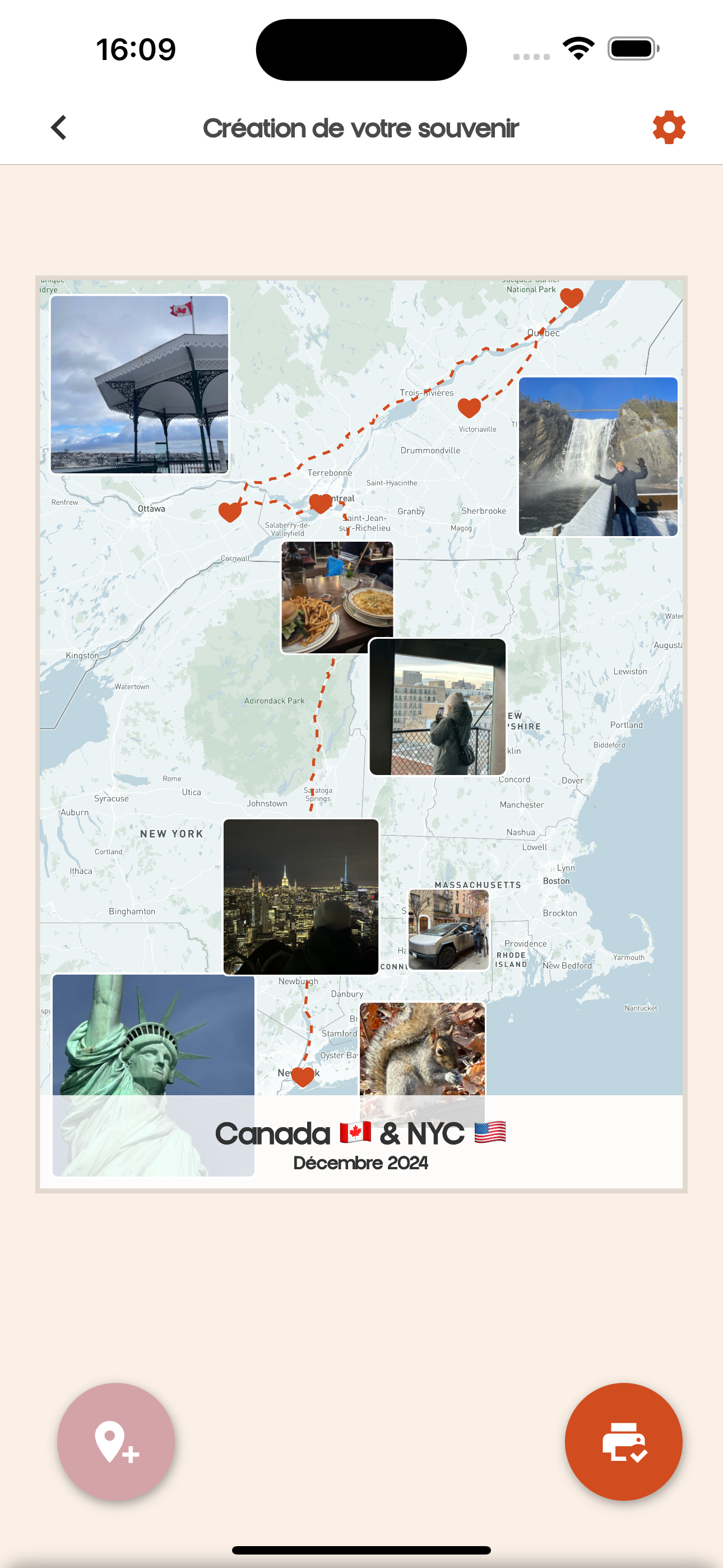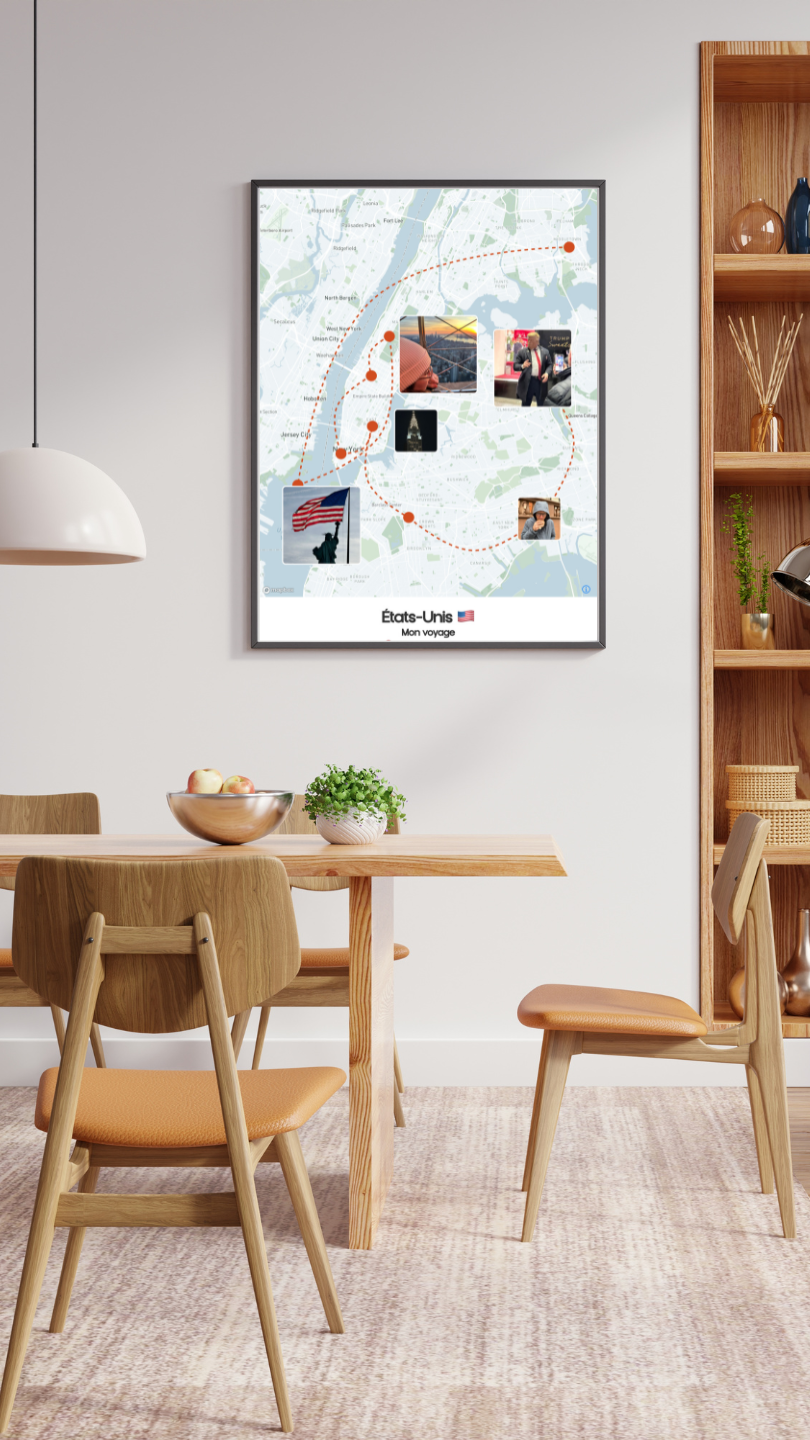The Northern Lights, those dancing lights in the night sky, fascinate travelers around the world. If you dream of witnessing them, it's essential to know the best destinations to observe this incredible natural phenomenon. This article will present you with exceptional places where you can experience this unforgettable adventure. 🌌

Introduction - The Best Places to See the Northern Lights
1. Tromsø, Norway - A Top Destination for Northern Lights
Tromsø is often regarded as one of the best destinations to observe the Northern Lights. Located above the Arctic Circle, this Norwegian city offers a perfect blend of stunning landscapes, cultural activities, and a favorable climate for observations. The months from September to April are the most auspicious for witnessing this phenomenon, with several guided tours available to maximize your chances of seeing the lights. With its cozy cafés and welcoming atmosphere, Tromsø is a must-visit destination.
2. Reykjavik, Iceland - Chasing the Lights
Reykjavik, the Icelandic capital, is an excellent base for exploring the Northern Lights. With its volcanic landscapes and wild expanses, Iceland provides a breathtaking backdrop for admiring the dancing lights. Tours outside the city, away from light pollution, are very popular and enhance your chances of a good sighting. Additionally, Reykjavik offers a vibrant nightlife and numerous tourist attractions to discover between your nighttime outings.
3. Fairbanks, Alaska - The Best Spot in the USA
Fairbanks is frequently mentioned as the best place to see the Northern Lights in the United States. The city experiences strong auroral activity from August to April. You can choose between guided tours or explore the surrounding rural areas on your own. Moreover, the region offers a multitude of winter activities such as dog sledding and hot springs, making your stay even more memorable.
4. Abisko, Sweden - The Northern Lights Paradise
Abisko, situated in the Abisko National Park, is renowned for its clear skies and microclimate favorable for aurora observation. Thanks to the presence of Lake Abisko creating a unique atmosphere, many travelers choose this location for a magical experience. The months from September to March are ideal, and the Aurora Sky Station offers breathtaking views.
5. Yellowknife, Canada - The Aurora Capital
Yellowknife, in the Northwest Territories, is known as the world capital of the Northern Lights. Located under the auroral oval, this city provides ideal conditions for observation. Visitors can enjoy the wilderness and many winter activities while being close to the best spots for light viewing. Winter festivals also attract many enthusiasts.
6. Chena Hot Springs, Alaska - Relaxation and Light
Chena Hot Springs, located near Fairbanks, offers a unique experience combining relaxation and aurora observation. You can soak in hot springs while admiring the starlit sky. The place is known for its exceptional viewing conditions, in addition to other recreational activities and quality accommodations.
7. Kiruna, Sweden - To the Starry Skies
Kiruna is a small town in northern Sweden, famous for its natural beauty and Northern Lights. With activities like dog sledding and visiting the ICEHOTEL, it's an ideal destination for nature lovers. The winter months are the best time to catch a glimpse of the lights, and the town offers a peaceful setting to enjoy this breathtaking spectacle.
8. Svalbard, Norway - Land of Ice and Lights
Svalbard, the Norwegian archipelago, lies halfway between the European continent and the North Pole. During the winter months, visitors can admire the Northern Lights in an isolated and majestic setting. Activities like snowmobiling and glacier cruises make the experience even more unique, allowing for the observation of spectacular landscapes while hunting for the lights.
9. Rovaniemi, Finland - Christmas Magic in the Aurora Country
Rovaniemi, located in Finnish Lapland, is known as Santa Claus Village. In addition to Christmas tourism, the city offers a fantastic opportunity to observe the Northern Lights. Snowmobile tours and ice fishing safaris are popular, providing a total immersion in nature. The period between September and March is the most favorable for admiring the lights.
10. Lapland, Finland - A Polar Adventure
The Lapland region in Finland is a top place to observe the Northern Lights. With vast untouched landscapes and clear skies, Lapland is one of the best areas in Europe to experience this phenomenon. Many accommodation options in ice hotels and cabins allow you to spend unforgettable nights in search of the lights. Don't forget to visit Sami villages for a cultural immersion.
Conclusion - The Best Places to See the Northern Lights
Witnessing the Northern Lights is a dream for many travelers. Whether you choose Tromsø, Reykjavik, or Yellowknife, each destination offers a unique and unforgettable experience. Prepare to be amazed by the beauty of the night sky illuminated by these magical colors. By carefully planning your trip and choosing the right timing, you'll get closer to the captivating starlit sky of the Northern Lights. 🌠
FAQ - The Best Places to See the Northern Lights
What is the best time to see the Northern Lights?
The best time to observe the Northern Lights varies by location, but generally, from September to April is recommended. For places like Tromsø and Fairbanks, winter months provide the clearest skies and optimal conditions. Avoid summer months, as the midnight sun limits the visibility of the lights.
How should I dress to see the Northern Lights?
When setting out to chase the auroras, it's important to dress in layers to protect yourself from the cold. Opt for thermal clothing, a warm jacket, a good beanie, gloves, and insulated boots. Temperatures can drop significantly, so staying warm is essential to enjoying the experience.
Can I see the Northern Lights without a guide?
It is indeed possible to see the Northern Lights without a guide, especially if you are familiar with the area. However, guides often provide valuable insights about optimal viewing locations and can take you far from light pollution. It is always recommended to follow aurora forecasts to maximize your chances.
How long does the Northern Lights display last?
The duration of the Northern Lights display varies. Sometimes they last only a few minutes, while other times they can stretch for several hours. The timing of the auroras is unpredictable, so it's advisable to plan for several nights to enhance your chances of witnessing this magical phenomenon.
Can the Northern Lights be seen during a full moon?
The Northern Lights can be visible during a full moon, but moonlight can affect the visibility of this luminous phenomenon. For a better experience, it is advisable to choose nights with no moon or low illumination, as this increases the contrast between the aurora's colors and the dark sky.
What other phenomena can be seen in the sky?
Besides the Northern Lights, you can also observe shooting stars, constellations, and in some areas, halos of ice around the moon. Photographing night skies can also reveal fascinating and visually stunning details, so don't forget your camera!
Do I need special equipment to observe the Northern Lights?
To observe the Northern Lights, there is no need for special equipment, but a camera with good ISO sensitivity settings can be helpful if you want to capture these moments. A tripod to stabilize your camera during long exposures is also recommended. For simple observation, all you need to do is find a clear spot away from city lights.
Are there risks associated with viewing the Northern Lights?
The main risks associated with viewing the Northern Lights are climatic. Temperatures can be extremely low, so it is crucial to dress warmly to avoid hypothermia. Also, be aware of snow and ice conditions if venturing into isolated areas, and always inform someone of your itinerary.
Can the Northern Lights be seen at high altitudes?
It is indeed possible to see the Northern Lights at high altitudes, such as from a mountaintop, however, the best views are often found closer to ground level. Specialized observatories built for such experiences can offer exciting panoramic views, but it is essential to move safely in mountainous terrain.
What is the best place to see the Northern Lights?
The best place may depend on personal preferences, but locations like Tromsø, Fairbanks, and Yellowknife are often cited as world leaders in aurora observation. Each of these places has its own uniqueness and stories that make them special, as well as breathtaking landscapes. Be prepared to travel according to your desires and needs.






